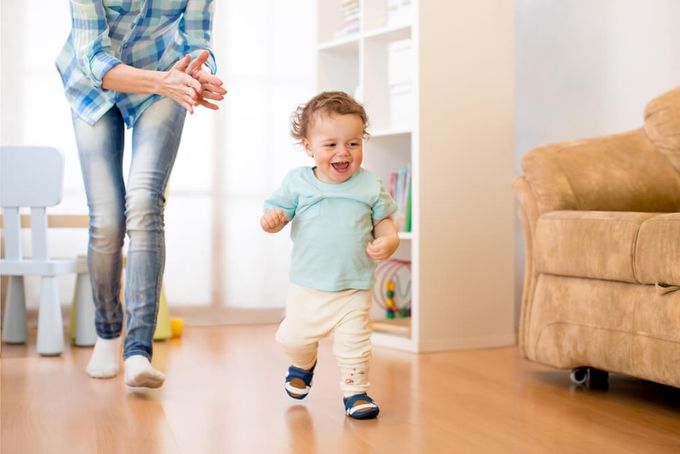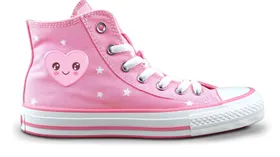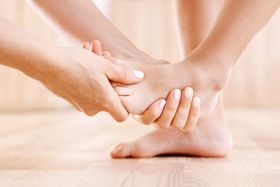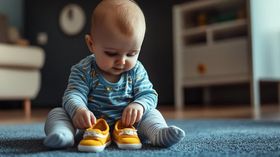How to Prevent Kids Foot Injuries: Essential Tips for Parents
From playground scrapes to speedy sprints, discover ways to keep your child's feet happy and healthy.
Published March 6, 2024
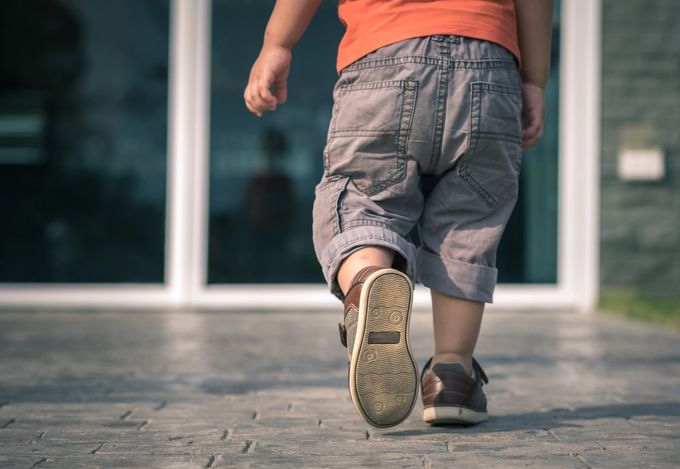
With their boundless energy and curious exploration, children are prone to bumps and bruises. But beyond the scrapes and cuts, their developing feet can also be susceptible to specific foot injuries.
Understanding these common foot problems and taking preventative measures can help keep your child active and pain-free.
How to Recognise a Foot Injury
Early attention is needed to address potential foot injuries in kids. Watch for changes in walking patterns, standing, or unwillingness to participate in active play, even if your little one doesn't express pain verbally.
Encourage your kid to communicate openly and be alert for:
- Redness, swelling, or pain when touching the affected area.
- Refusal to walk or stand on the affected foot, even without visible signs.
- Limping, bruising, or limited movement in the foot.
Tip: Leg or knee pain might originate from foot issues like flat feet. Observe your child's posture and gait for potential clues.
» Discover the best supportive sneakers for active playtimes
5 Essential Tips for Healthy Feet
- Focus on nail care: Improper trimming—especially on the big toe—can increase the risk of painful ingrown toenails. Ill-fitting shoes also increase this risk.
- Prevent sweaty feet and shoes: Sneakers without airflow trap moisture and break the skin barrier, leading to skin peeling, fungal infections, and dyshidrotic eczema. Children with sweaty feet should wear breathable shoes.
- Protect against injury: Outdoor environments can harbour splinters and sharp objects that can injure your kid's foot, so protective shoes are necessary. Barefoot walking, while natural, is best for safe terrain like the beach or inside the home.
- Prevent warts: Plantar warts, often contracted in public areas, thrive in moist environments. Adequately fitting shoes can protect your kid's feet in places where the virus might be present.
- Encourage a balanced diet: A rich diet supports overall well-being. It promotes strong bones and muscle development through calcium and protein intake, helping prevent fatigue from excessive stress on the feet.
Why the Right Shoes Matter for Growing Feet
The proper shoes help prevent common kids' foot injuries like sprains, strains, and blisters. They align the foot and allow the bones to grow, correct posture, reduce fatigue, and let your kid play and explore with greater ease and enjoyment.
Here's what to look for when choosing shoes for your child:
- Supportive: Look for shoes with firm soles providing good arch support and heel stability.
- Snug, not suffocating: Shoes should fit well without constricting the toes, providing wiggle room for healthy movement.
- Flexible: Opt for shoes with flexible soles that encourage natural foot movement while providing adequate support and preventing kids' foot injuries.
- Durable: Choose shoes made from high-quality materials that can withstand the wear and tear of active play.
- Activity-specific: Select shoes designed for running, hiking, or playing sports for optimal performance and injury prevention.
Tip: Prioritise orthopaedic shoes to help your kid walk healthy and prevent foot injuries. You can also consult a podiatrist or paediatrician for personalised recommendations.
» Check out why orthopaedic shoes are a game-changer for kids
Preventing Injuries: Exercises for Strengthening Feet
Start slow and gradually increase repetitions as your child becomes stronger. Focus on proper form over speed, and always supervise your child during exercises.
Here are some exercises you can do in the comfort of your home to strengthen your child's foot:
- Toe pick-up play: Encourage your kid to pick up toys or socks using their toes, strengthening midfoot muscles to prevent injuries.
- Toe painting: Set up some paper and washable paints outdoors. Let your little ones explore their creativity and exercise their toes by painting with their feet.
- Heel-toe raises: This classic exercise strengthens the calf and midfoot muscles. Have kids slowly raise onto their toes, hold for a count, and lower back down to their heels. Repeat several times.
- Stair Stepping: Incorporate everyday activities for exercise. Encourage your child to walk up and down stairs on their tiptoes while holding onto a railing for safety. This builds strength and coordination.
Tip: Encourage 5-10 minutes of dynamic stretches before and after physical activity to improve flexibility and blood flow.
» Discover how to stretch out shoes for your child's feet
Step into Safety: Find the Perfect Shoes for Every Adventure
Every activity, from playful park adventures to nature walks, requires the proper footwear. Choose flexible shoes for running and playing, sturdy boots for outdoor adventures, and well-fitting sneakers for everyday wear. Prioritise features like supportive soles, proper fit, and breathable materials.
While not always necessary, orthopaedic shoes from First Walkers can support healthy foot development and potentially reduce the risk of foot injuries in children. Their supportive structure and specialised features can help align bones, distribute weight evenly, and guide proper foot growth.

